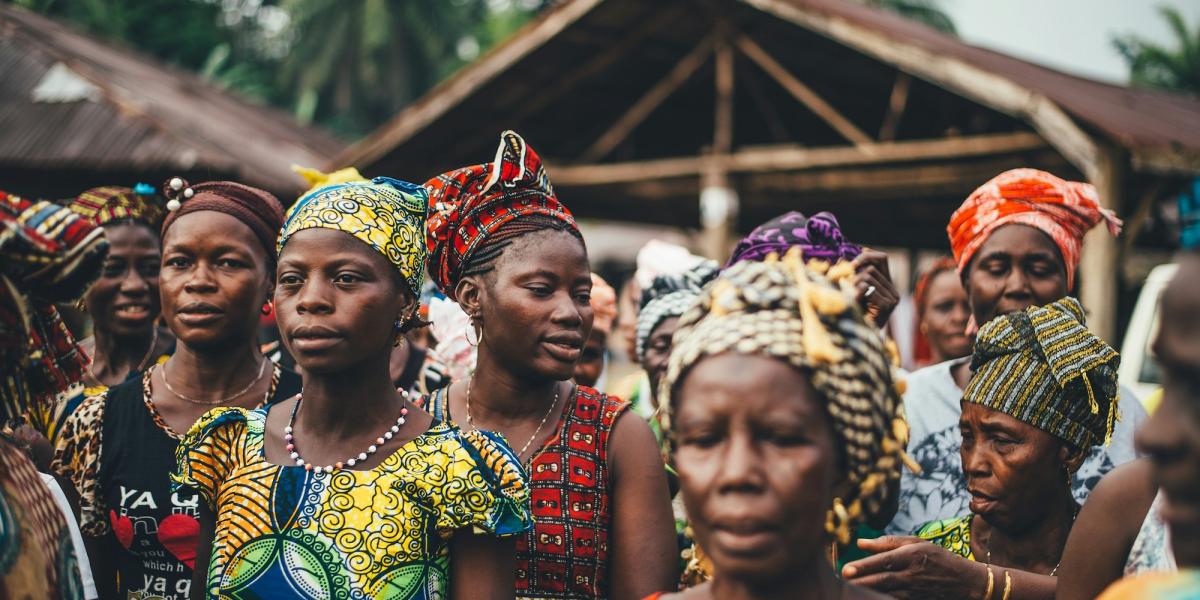Breadcrumb

In August 2021, Manty Tarawalli, Sierra Leone’s Minister of Gender and Children’s affairs, was trying to convince members of Sierra Leone’s hung parliament to vote for her ministry’s signature Gender Empowerment bill. The bill featured a 30% quota for women in parliament, public bodies, and private companies and had been received coldly by many representatives from Sierra Leone’s major parties.
The proposal followed decades of campaigning by Sierra Leone’s women’s movement, years of intense debate, and repeated promises by successive governments. But even though the bill was based on the government’s election manifesto, conversations with stakeholders, and a detailed policy paper, parliamentarians still asked her to conduct yet another round of national consultations. It was clear to her that the bill and the 30% quota were on the verge of being rejected: ‘Go out, go and do consultations. That is one way of derailing something’, Tarawalli remembered. As Tarawalli gathered herself, she had to consider her next steps. How could she overcome the resistance and usher the bill through parliament? Which negotiation strategies could she use to break the impasse?
Coming soon
- Analyse position of actors and power dynamics in multi-party negotiations;
- Understand the importance of mass mobilisation, alliances, and internal unity;
- Explore negotiation strategies and policy framing when pushed to the margins
